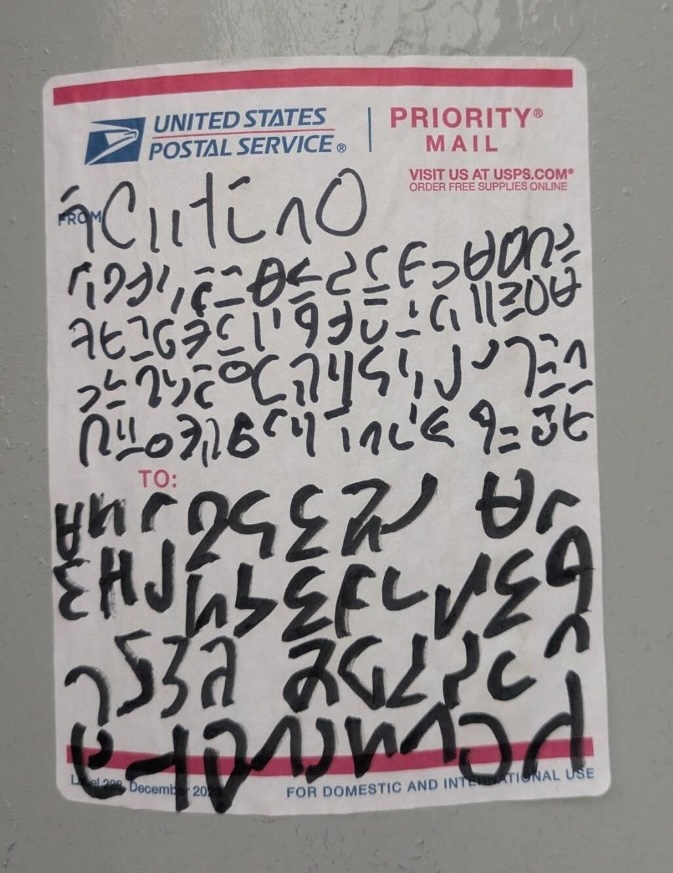Spiny spinach
This morning at the Greek stand of the farmers market, I bought spanakopita ("spinach pie") and one other item with the "spanako-" root, which also had spinach as a main ingredient. The resemblance to English "spinach", plus the fact that it was obviously not one of those ubiquitous wrinkled leafy green vegetables related to cabbage, kale, collard, etc., got me interested in what its etymology was.
Just quickly checking a few easily accessible sources, some seemingly contradictory aspects of the common understanding of the etymology of "spinach" started to bother me:
From Middle English spinach, from Anglo-Norman spinache, from Old French espinoche, from Old Occitan espinarc, from Arabic إِسْفَانَاخ (ʔisfānāḵ), from Classical Persian اسپناخ (ispanāx, ispināx).
Read the rest of this entry »

